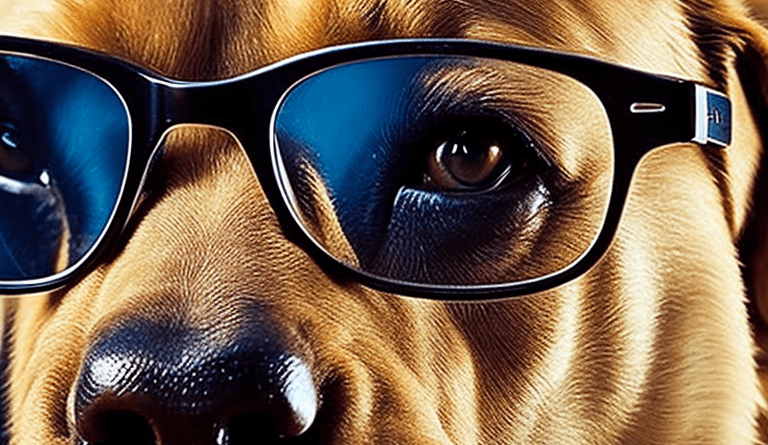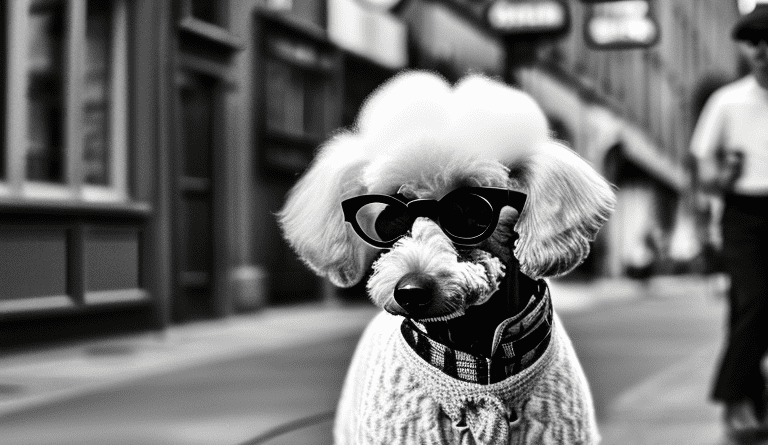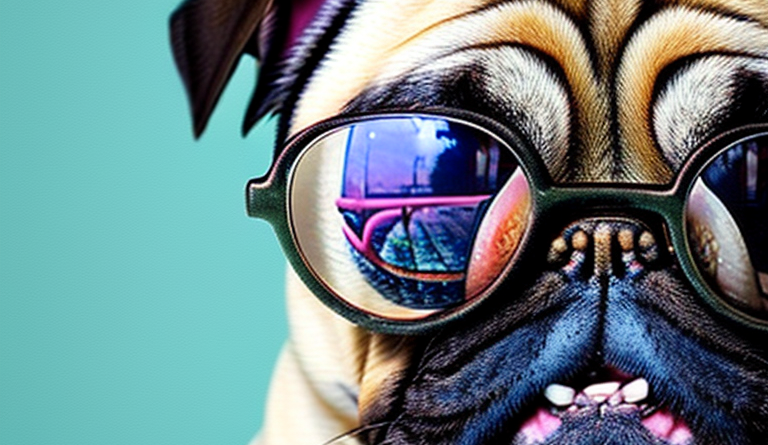The Controversy Surrounding Designer Dogs And Crossbreeding
Designer dogs, also known as crossbreeds, are the result of breeding two purebred dogs of different breeds to create a new hybrid breed. Over the years, designer dogs have become increasingly popular due to their unique and often unconventional appearance. However, the popularity of designer dogs has sparked controversy and debate within the dog breeding and ownership community.
Introduction
Designer dogs have been around for several decades. In the 1950s, Poodle mixes became popular, leading to the creation of the Cockapoo, Labradoodle, and other similar hybrid breeds. In recent years, designer dogs have gained even more popularity, with breeders creating new and unusual hybrid breeds. However, this rise in popularity has brought a lot of debate and controversy to this niche area of the dog breeding industry.
Pros of Designer Dogs and Crossbreeding
One of the biggest advantages of designer dogs is their unique appearance. Crossbreeding two different dog breeds can result in a dog with new and different physical traits that may not be present in either parent breed. Additionally, crossbreeding can eliminate or reduce many of the health problems that purebred dogs are prone to, resulting in a healthier and longer-living dog. Designer dogs also tend to have a better temperament, since they are bred specifically to be companions and pets. These dogs often have the ability to adapt to different environments and lifestyles, making them ideal for a wide range of owners. Finally, crossbreeding can lead to the introduction of new dog breeds, which can help diversify the gene pool of the dog breeding community.
Cons of Designer Dogs and Crossbreeding
While there are many advantages to designer dogs, there are also several concerns and problems that come with crossbreeding. One of the biggest issues is the potential for health problems due to genetic defects. Because designer dogs are the result of two different breeds coming together, they may inherit health problems from both parent breeds. This can result in a dog with a higher risk of health problems or a shorter lifespan. Additionally, there is a risk of unpredictable traits and temperament, which can be difficult to manage. Because the breeding of designer dogs is not regulated, there is also a risk of exploitation by breeders and puppy mills. This can lead to a lack of breed standards and regulation, making it difficult to know what to expect from a designer dog.
Ethical Concerns and Animal Welfare
Another concern with designer dogs is the debate over whether they are ethical or not. Some people argue that breeding two different breeds together is unnatural and could lead to negative health consequences. Others argue that it is no different than purebred breeding, which also has its own set of concerns. However, most people agree that responsible breeding practices are necessary to ensure the health and welfare of the dogs involved. It is important to consider the impact on animal welfare and to only support breeders who prioritize the health and well-being of their dogs.
Legal Issues and Regulation
The breeding and sale of designer dogs is currently legal in most countries, but there are efforts to enforce stricter laws and penalties. The lack of regulations can make it difficult to ensure that breeders are following ethical and responsible practices. Many people believe that there is a need for more comprehensive and uniform regulations to ensure the best possible outcomes for both the dogs and their future owners.
Future of Designer Dogs and Crossbreeding
Despite the controversies surrounding designer dogs, it is likely that they will continue to be popular for the foreseeable future. However, there is a need for responsible breeding and ownership practices to ensure the health and happiness of these dogs. It is also important to educate the public on the potential risks and benefits of crossbreeding and to promote awareness of animal welfare concerns.
Conclusion
Designer dogs and crossbreeding are a controversial topic within the dog breeding and ownership community. While there are many advantages to creating these unique hybrid breeds, there are also concerns about health, temperament, and animal welfare. Responsible breeding and ownership practices, as well as comprehensive regulation, are necessary to ensure that the health and happiness of these dogs are prioritized. It is important to consider the potential risks and benefits of crossbreeding, and to make informed decisions about how to support this niche area of the dog breeding industry.

Frequently Asked Questions About Designer Dogs and Crossbreeding
What are designer dogs?
Designer dogs are dogs that have been intentionally crossbred by breeders to create a new hybrid breed that combines the desirable traits of two or more different purebred breeds. These dogs are often marketed as unique and trendy pets, but they can also come with genetic health problems and temperament issues that are often unpredictable due to the mixing of different breeds.
What is the controversy surrounding crossbreeding?
The controversy surrounding crossbreeding stems from the fact that it can create genetic health problems and temperament issues that may not be present in the parent breeds. Critics argue that this type of breeding prioritizes profits over the well-being of the dogs, and that it contributes to pet overpopulation and the mistreatment of animals. Supporters argue that crossbreeding can lead to healthier and more adaptable dogs, and that it gives breeders an opportunity to create new and unique breeds that can meet the specific needs and preferences of dog owners.






